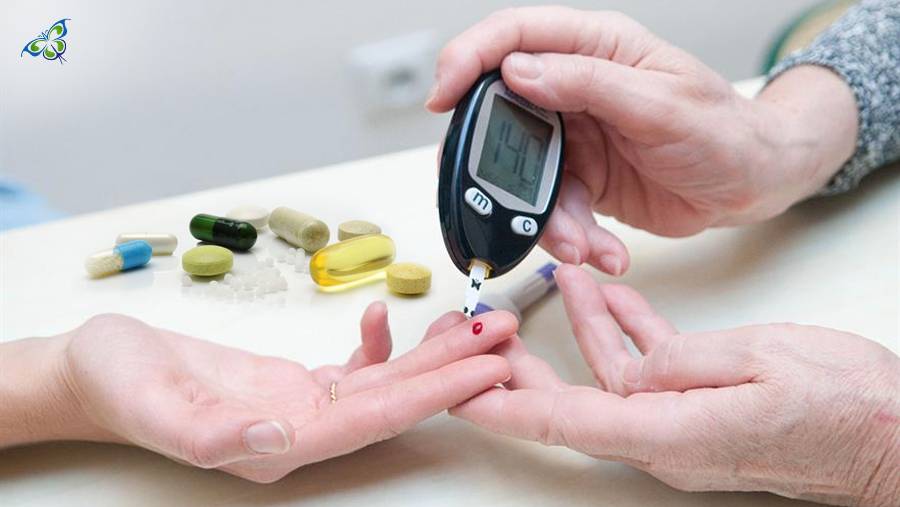How Talking Meters help in Blood Glucose Monitoring

With the sudden buzz around the world about staying safe and staying healthy, individuals with chronic ailments are being advised to remain under extra care. Illnesses like high or low blood sugar, high cholesterol levels, blood pressure anomalies, etc. are ones that need to be constantly monitored and kept under control. Abnormal blood sugar level is one such menace that needs to be kept at bay. This in turn demands continuous measurement and in this harshly busy world, patients mostly need to self-monitor!
Talking glucose meters
This is one of the modern and latest variants of glucometers. They are most effective for individuals with a nearly complete loss of vision (due to the high blood sugar levels) as they read out the readings aloud. We will discuss their functioning later in this article.
A quick glance at how hyperglycemia (high blood sugar) and hypoglycemia (low blood sugar) affects the body...
Hypoglycemia or high blood sugar levels are an effect of either insufficient insulin production (Type 1 diabetes) or the body’s underutilization of the insulin produced (Type 2 diabetes). Both the phenomena raise the individual’s blood sugar levels (as the glucose emitted from the breakdown of food is no longer absorbed by the cells of the body).
Although there are near-fatal consequences of uncontrolled ‘high blood sugar’, the more common ones are –
- Blurred vision
- The frequent urge for urination
- Frequent fits of fatigue and tiredness
- Increased level of thirst
- Foul-smelling breath, etc.
On the other hand, hypoglycemia or low blood sugar level is most commonly experienced as a side effect of medication for diabetes! Those hyperglycaemic patients who are on prescribed drugs and restricted food intake, might sometimes, in the process of controlling their sugar levels, go below the normal blood sugar mark! Symptoms usually start exhibiting when blood sugar falls below 50 mg/dL.
So, what are the symptoms (or immediate effects) of hypoglycemia?
Patients with a sudden fall in their body’s sugar levels mostly face extreme weakness and palpitations. They might also experience nervousness, dizziness, trembling or even hunger! The severity of the phenomena may result in seizures and loss of consciousness too.
[Read More: controlling blood sugar]
Talking glucose meters for the blind
From the above discussion on low and high blood sugar levels, it is somewhat evident that high blood sugar or hyperglycemia disrupts the patient’s vision too! Here comes the need of ‘Talking Meters’.
Traditionally, blood glucose meters display the result on the screen. The at-home procedure is a rather simple one and goes like this: after washing and cleaning the hands thoroughly, the tip of a finger is pricked using a lancet (that’s provided in the test kits). The kit also contains a test strip that needs to be inserted at one end of your blood glucose meter.
As soon as a drop of blood oozes out from your fingertip, place it on the other end of the test strip and your meter shows the result in less than 15 seconds!
Variants of Blood Glucose Meters
In a broader classification, blood glucose meters are mainly of 2 types – the traditional ones and the continuous glucose meters (CGMs). The latter, as its name indicates, is a device to keep a check on the readings round the clock; they are often medically termed as “interstitial glucose measuring devices” and are often combined with insulin pumps!
However, the commonly used traditional meters, over the years, have been available in more than one variant with respect to size, cost, portability as well as some major features! ‘Talking Meters’ is one of them and here’s a brief account of how they function and their added benefits.
Your talking glucometer
As we have already discussed above that diabetes affects vision and the latter may go from blurred to even complete loss of vision in certain diabetic patients. For such individuals to go about glucose testing independently, talking meters have been invented. Primarily, they are of two types:
• Meters with an add-on voice synthesizer – they simply use an off-the-shelf traditional meter and are fitted with a hardware device that helps convert the displayed text on the monitor into an audible speech.
• Meters with a built-in speech chip – no additional mechanisms required!
Self-glucose testing (mostly done by candidates themselves) has progressed over the years. To choose from the different varieties of testing meters, it is important to understand your sugar level graph. If the fluctuations are too frequent (changes every hour) continuous monitoring is recommended. In the case of the absence of visual impairment, traditional monitors do the job sufficiently. Hence, a consultation with your physician, before going for the product, is necessary.
Talking glucose meter covered by Medicare
Medicare does pay for talking meters but your meter needs to be billed under a special code - that code number allows for a higher level of payment (higher than the non-talking meters). Medicare covers it under DME (durable medical equipment).
After knowing your medical needs, set the technical parameters that you want to rely upon for your testing. Devices today, come with a lot of features that might attract you – more accurate readings, requiring smaller blood samples, storing more results, user-friendly, connectivity to computers and a lot more!



Validate your login
Sign In
Create New Account